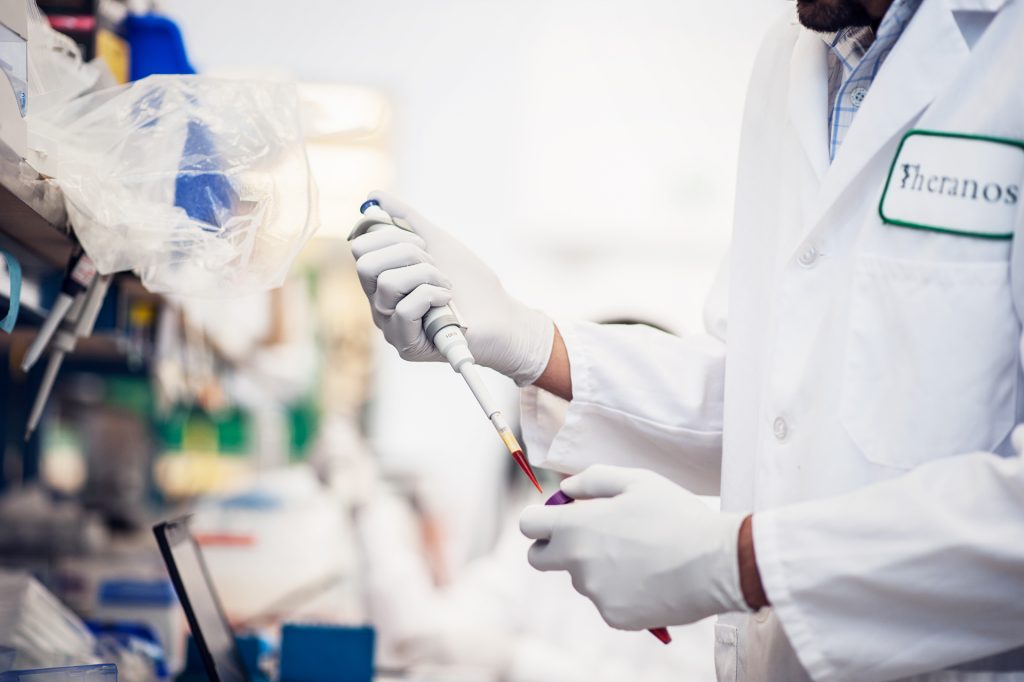Today is World Ovarian Cancer Day, observed on May 8th annually aiming to create a safe environment where those living with ovarian cancer or survivors as well as their families and friends can all unite and share their experiences together to help educate the world about this deadly disease. Ovarian cancer ranks as the 18th most common cancer worldwide, and the 6th most common cancer among women.
The problem with the ovarian disease is, unfortunately, the lack of accurate diagnosis and early detection. Ovarian cancer symptoms are usually overlooked or are easily confused with other diseases, not to mention the lack of key drugs to cure the disease in the region. But fortunately, the Middle East and North Africa (MENA) ovarian cancer diagnostics and therapeutics market are set to boom by 2023 with an expectation to register a CAGR of 9.2%.

Focusing on the GCC countries; Saudi Arabia, Kuwait, the United Arab Emirates, Qatar, Bahrain, and Oman, are generally going through an increase in ovarian cancer incidents with mortality that reached 100,000 people in the MENA region, increasing by 20.1% since 1990, with an average of 0.9% per year. Reports stated that “between January 1998 and December 2004, 1,180 ovarian cancer cases were reported from all GCC states, which is 2.0% of all cancers and 4.0% of cancers among females. Bahrain reported the highest incidence of ovarian cancer.” Ovarian cancer has become the 11th most common type of cancer in all of the GCC countries.
In Egypt, a study was conducted by Alexandria University evaluating ovarian cancer cases and presenting them to the university’s Clinical Oncology Department from 2008 to 2010. The study observed the files of 116 patients and concluded that “the age incidence of ovarian cancer in our patients is 10 years younger than that seen in Western countries” and that “the response rate of EOC to first-line chemotherapy was high but the progression-free survival was lower than that seen in the literature.”
Finally, with such unfortunate growth in mortality, there is a silver lining. The MENA region is giving its women a second chance at life and is set to have a solid future in leading ovarian cancer diagnostics and therapeutics markets through the greater use of both therapists and ovarian cancer treatments, and most importantly an increase in healthcare expenditure.



